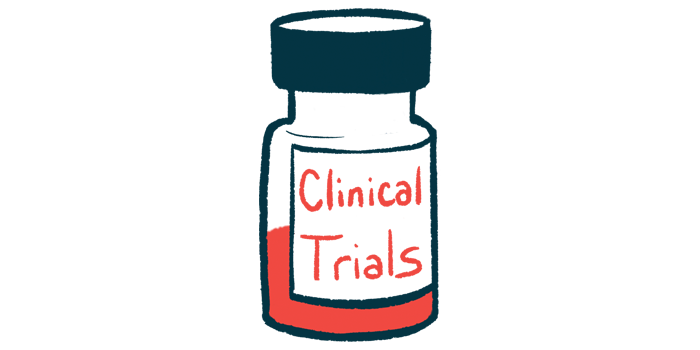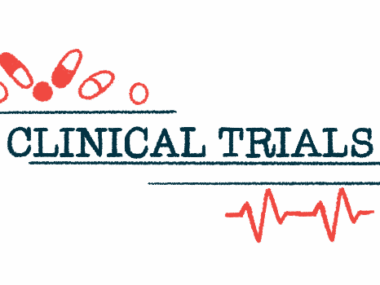Three years of Ingrezza treatment reduces chorea severity in HD
Data: Improvements in uncontrolled movements were rapid, sustained
Written by |

Three years of treatment with Ingrezza (valbenazine) led to rapid and sustained reductions in the severity of uncontrolled movements known as chorea for people with Huntington’s disease.
That’s according to data from a long-term Phase 3 clinical trial called KINECT-HD2 (NCT04400331). Participants completing the three years of treatment may continue on Ingrezza through the trial’s extended maintenance period if they live in the U.S. or through a separate open-label study (NCT06312189) if they live in Canada.
“Most people with Huntington’s disease experience chorea, one of the most debilitating symptoms of the condition that can interfere with motor coordination, gait, swallowing, and speech,” Sanjay Keswani, MD, chief medical officer at Neurocrine Biosciences, Ingrezza’s developer, said in a company press release. “The KINECT-HD2 study findings demonstrated that [Ingrezza] provided sustained and meaningful chorea management, with improvements observed early and maintained over three years of treatment.
Ingrezza approved in US to treat Huntington’s-related chorea in 2023
Chorea in Huntington’s is thought to be linked to unusually high levels of a brain-signaling molecule called dopamine. Ingrezza works by blocking the activity of VMAT2, a protein that helps regulate dopamine levels.
The oral capsule therapy was approved in the U.S. in 2023 to treat adults with Huntington’s-related chorea. A formulation called Ingrezza Sprinkle that’s designed to be sprinkled on food instead of being swallowed whole was approved in the country the following year.
These approvals were mainly based on data from the Phase 3 KINECT-HD trial (NCT04102579), which showed that three months of treatment with Ingrezza outperformed a placebo at reducing chorea and motor- and cognitive-related disease burden.
The ongoing KINECT-HD2 trial is collecting data on the long-term safety and efficacy of Ingrezza in 154 Huntington’s patients, including some of those who participated in the KINECT-HD study. Participants received Ingrezza, at doses ranging from 40 mg to 80 mg per day, for up to three years.
KINECT-HD2’s main goal is to assess the number of people experiencing adverse events, while the secondary goal is to evaluate changes in chorea, as assessed with the Unified Huntington’s Disease Rating Scale’s Total Maximal Chorea (UHDRS-TMC) score.
Less than 2% of patients experienced serious adverse events
Three-year safety results have not yielded any unexpected findings. The most common adverse event reported by patients was falls (42.9%) — a common issue for Huntington’s patients — followed by sleepiness (25.3%) and fatigue (21.4%), which are established side effects of Ingrezza.
Less than 2% of people experienced serious adverse events, and 15.6% discontinued treatment due to adverse events.
Consistent with previously reported one-year trial data, treatment with the lowest Ingrezza dose resulted in a robust, 3.4-point decrease in the UHDRS-TMC score — reflecting less severe chorea — after two weeks.
At every subsequent follow-up out to three years of treatment, UHDRS-TMC scores showed improvements relative to before treatment, according to Neurocrine.
Improvements in clinical condition were reported by about a third (34.5%) of participants after two weeks on Ingrezza, and by more than three-quarters (77.8%) after three years on the therapy. Clinicians also reported such improvements in similar proportions of patients, the company announced.
Results showed that Ingrezza’s effects on chorea were consistent whether or not participants were taking antipsychotic medications, which are commonly used to manage mental health problems in Huntington’s patients.
“Data showed that concomitant antipsychotic use had no effect on chorea improvement,” Keswani said.






